There’s something magical about getting lost while traveling. Those unplanned detours often become the highlights of our journeys, creating memories that last far longer than any carefully orchestrated itinerary. The unexpected encounters, hidden gems, and spontaneous adventures that emerge when we veer off the beaten path remind us why we travel in the first place.
Here is a list of 20 remarkable destinations where losing your way isn’t just possible—it’s practically the point of the journey.
Varanasi’s Old City, India
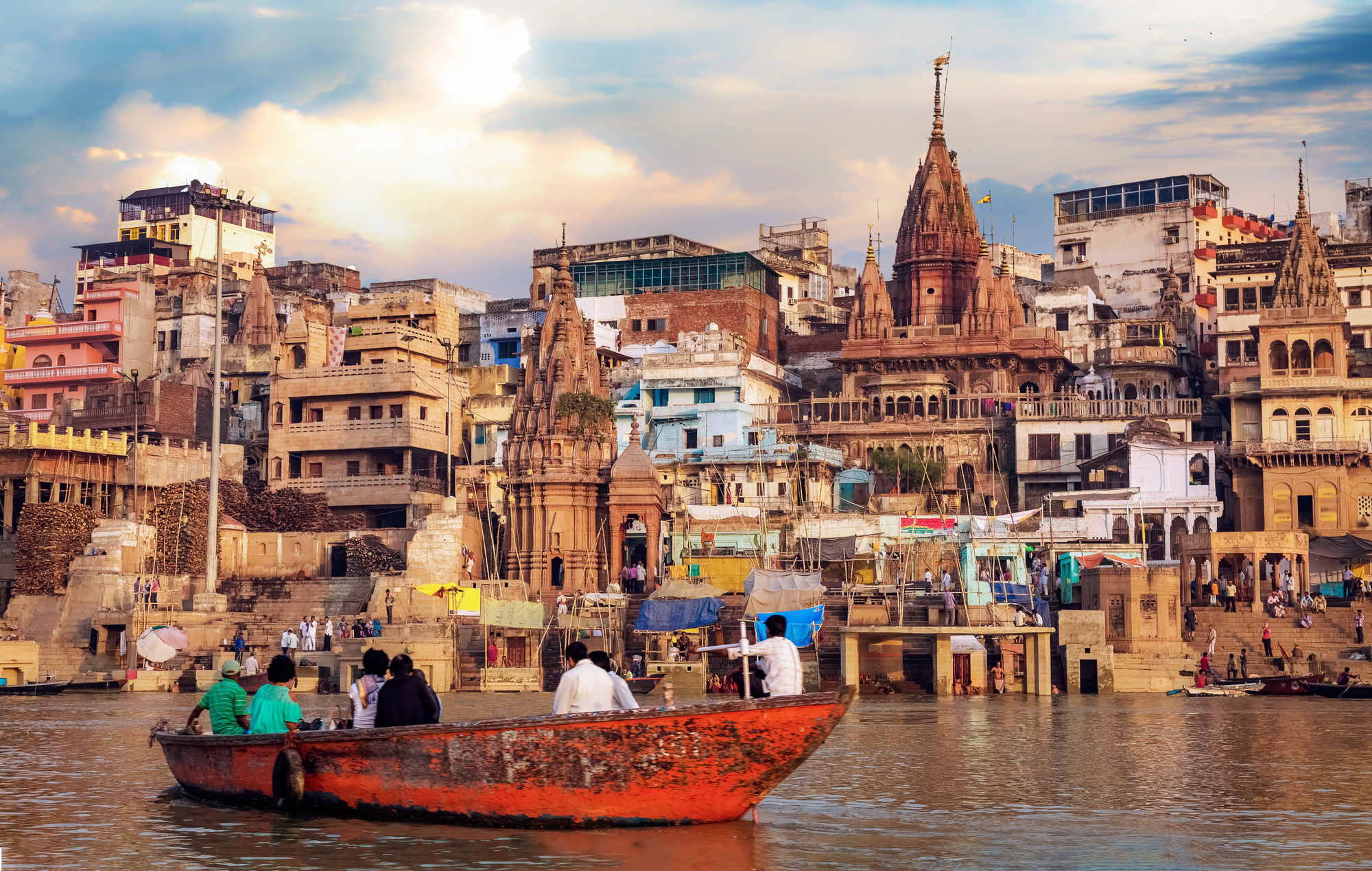
The ancient labyrinth of Varanasi’s Old City has remained largely unchanged for centuries. Narrow alleyways twist and turn without warning, leading to hidden temples, surprising courtyards, and the occasional dead end that opens to a spectacular view of the Ganges.
The maze-like quality is so pronounced that even locals sometimes find themselves disoriented, especially in the warren-like lanes near Manikarnika Ghat.
Fez Medina, Morocco

Walking through the 9,000+ alleyways of Fez’s medieval medina is like stepping into a living museum where time stands still. The world’s largest car-free urban area is a sensory overload of spice merchants, artisan workshops, and bustling food stalls.
Many visitors who attempt to navigate without a guide end up discovering secluded courtyards, ancient madrasas, and family-run workshops found nowhere in guidebooks.
Like Travel Pug’s content? Follow us on MSN.
Venice’s Cannaregio District, Italy
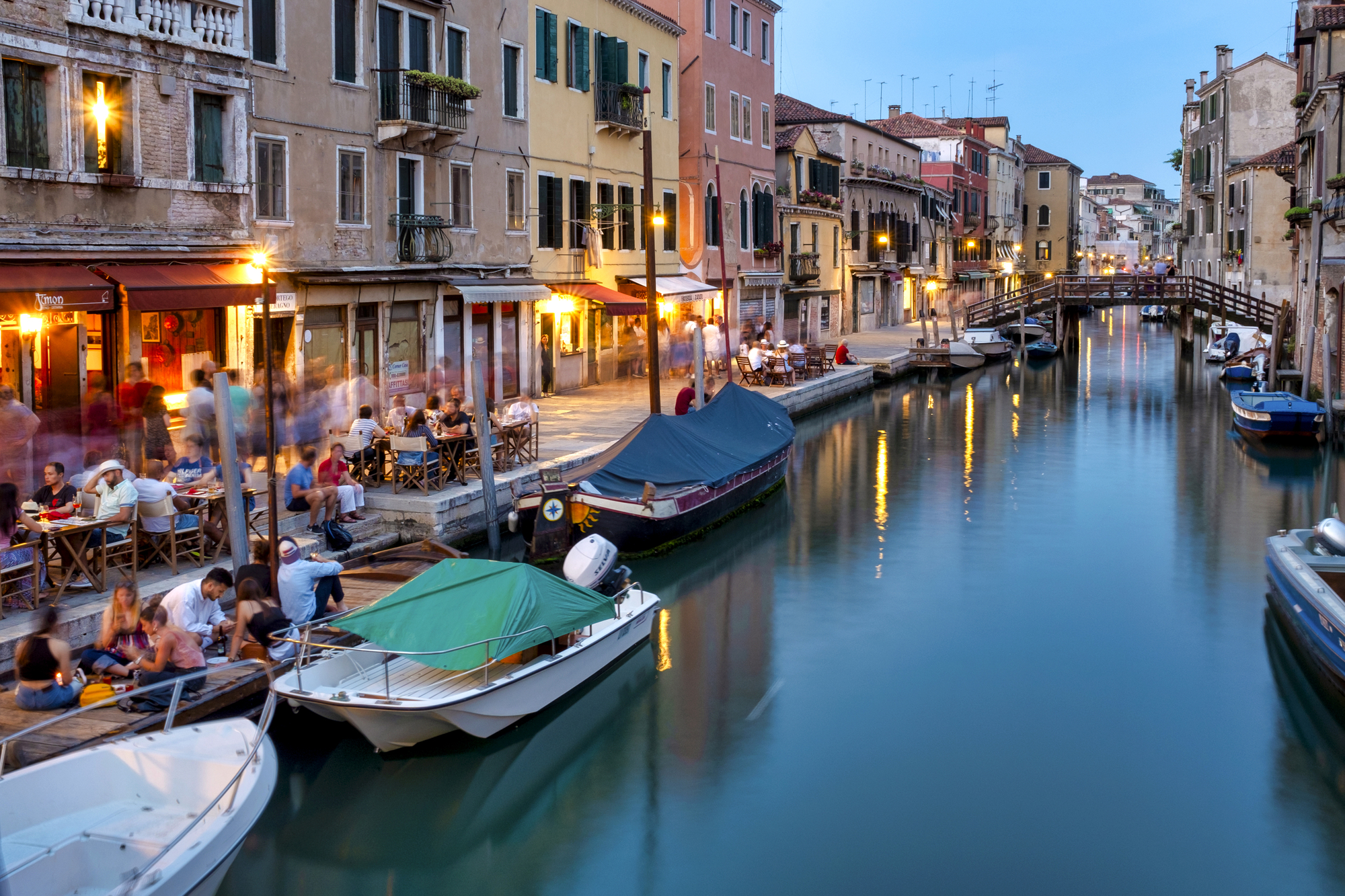
While tourists crowd San Marco, Venice natives know Cannaregio offers the authentic Venetian experience. This residential neighborhood features narrow canals, footbridges, and winding paths that seemingly lead nowhere—until they suddenly open onto charming squares or waterfront promenades.
The quiet backstreets offer glimpses into everyday Venetian life, with laundry hanging from windows and locals chatting at neighborhood cafés and bars.
Kyoto’s Gion District, Japan
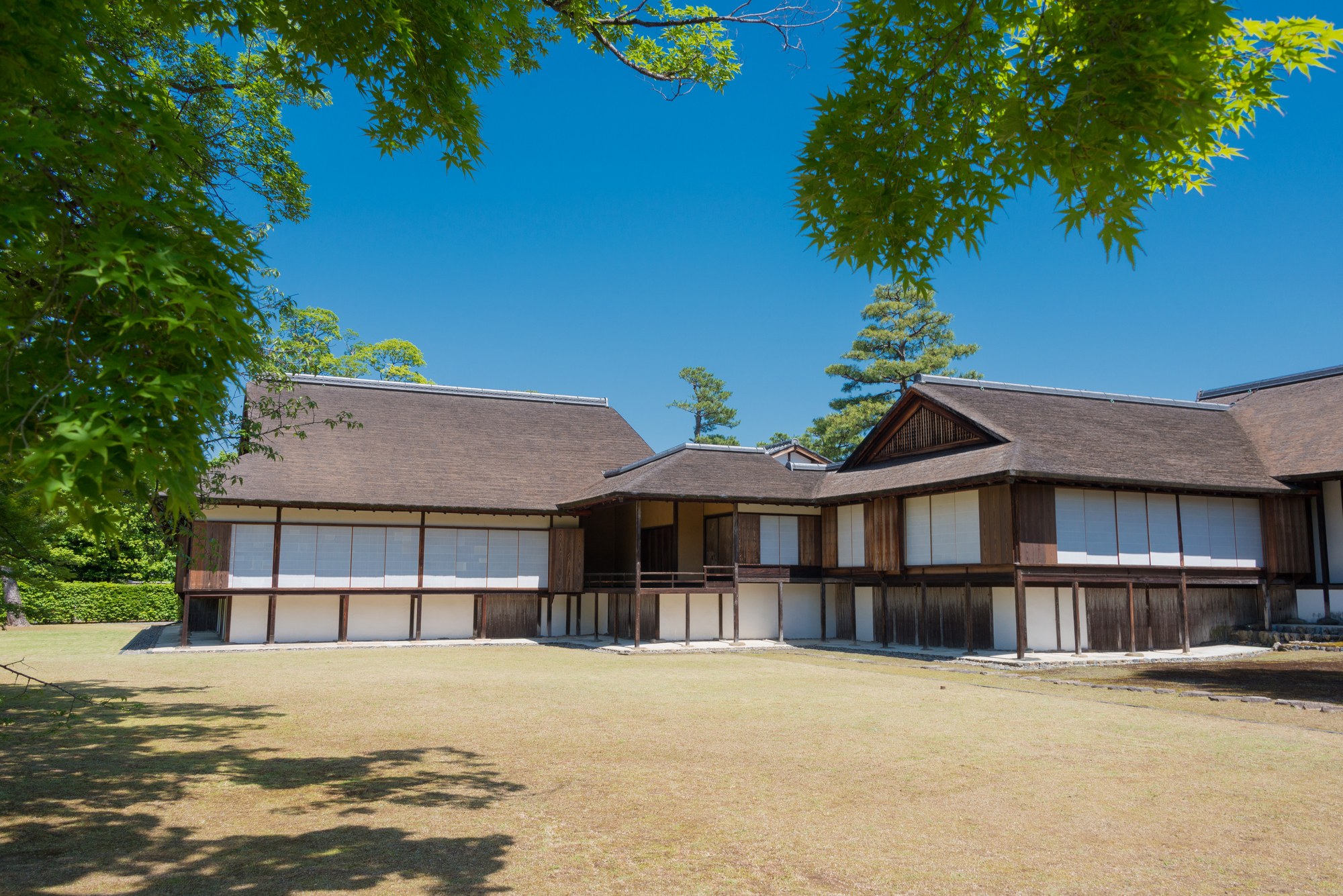
The historic geisha district of Gion presents a wooden wonderland of narrow lanes and traditional machiya townhouses. Evening walks through these atmospheric streets might reward the lost wanderer with the sight of a geiko (Kyoto’s geisha) hurrying to an appointment.
The preserved architecture and hidden gardens create an atmosphere where each wrong turn feels like a step back in time.
Old Havana, Cuba
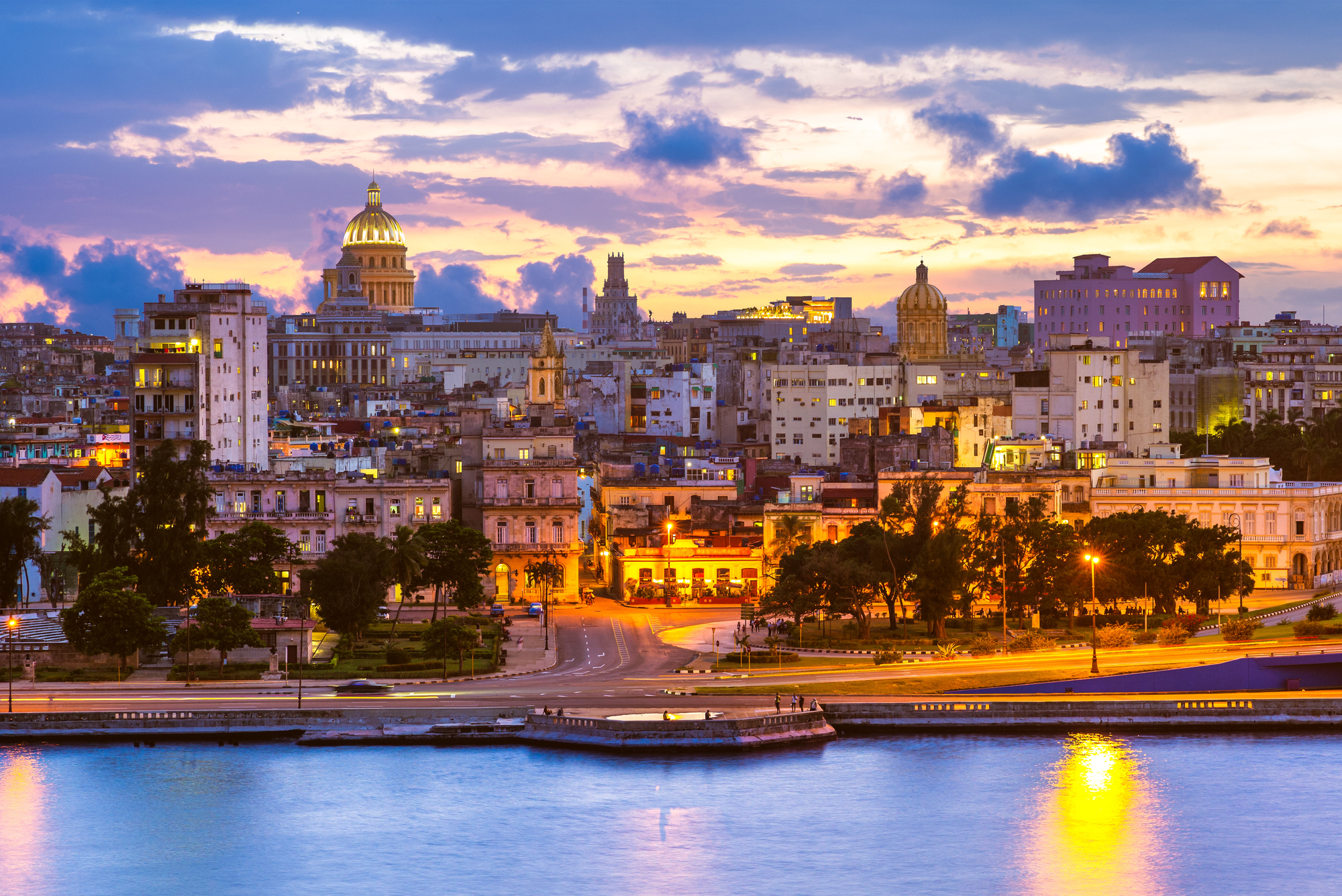
The crumbling grandeur of Havana Vieja creates a photogenic maze where colonial architecture meets vibrant street life. Getting lost here means stumbling upon impromptu street performances, local domino games, and family-run paladares serving authentic Cuban cuisine.
The peeling paint and weathered facades tell stories of centuries past, while the rhythm of live rumba provides a soundtrack to your wanderings.
Like Travel Pug’s content? Follow us on MSN.
Kathmandu’s Asan Bazaar, Nepal
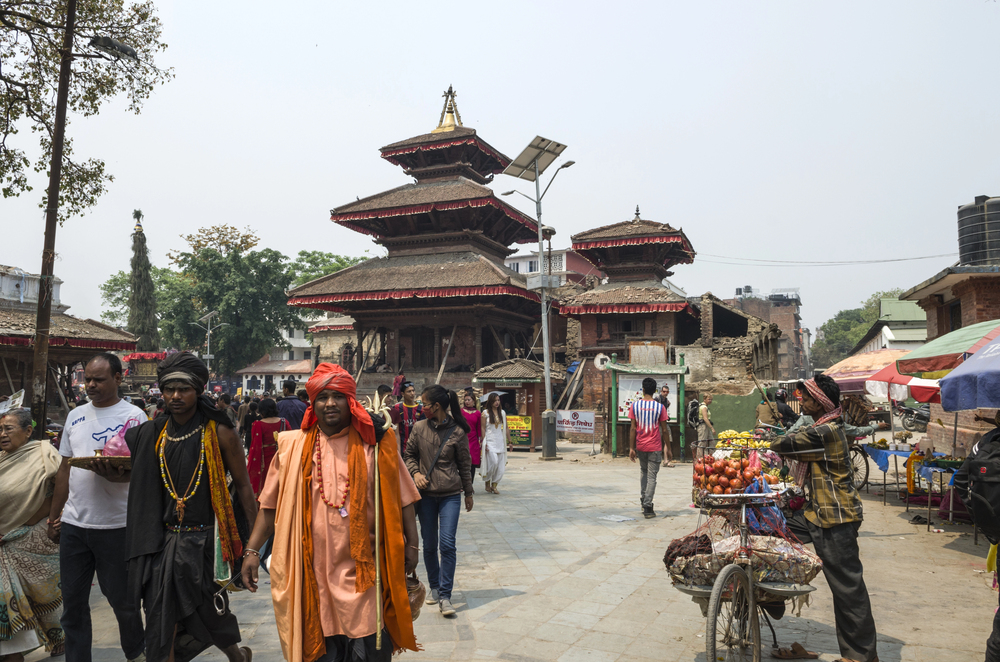
The medieval market squares of Asan create a sensory labyrinth at the heart of Nepal’s capital. Dating back to ancient trade routes, these interconnected plazas and narrow passages contain temples, shrines, and specialized merchants selling everything from spices to copperware.
Every alley seems to lead to an unexpected shrine or sun-drenched courtyard, with the snow-capped Himalayas occasionally visible between buildings.
Alfama District, Lisbon, Portugal

Predating the devastating 1755 earthquake, the Alfama’s serpentine streets climb the hillside beneath Lisbon’s castle. This former Moorish quarter maintains its village-like atmosphere, with tiny grocers, family-run taverns, and unexpected viewpoints appearing around corners.
In the evening, the melancholic sounds of fado music might draw you into a hidden restaurant you’d never have found otherwise.
Stone Town, Zanzibar, Tanzania
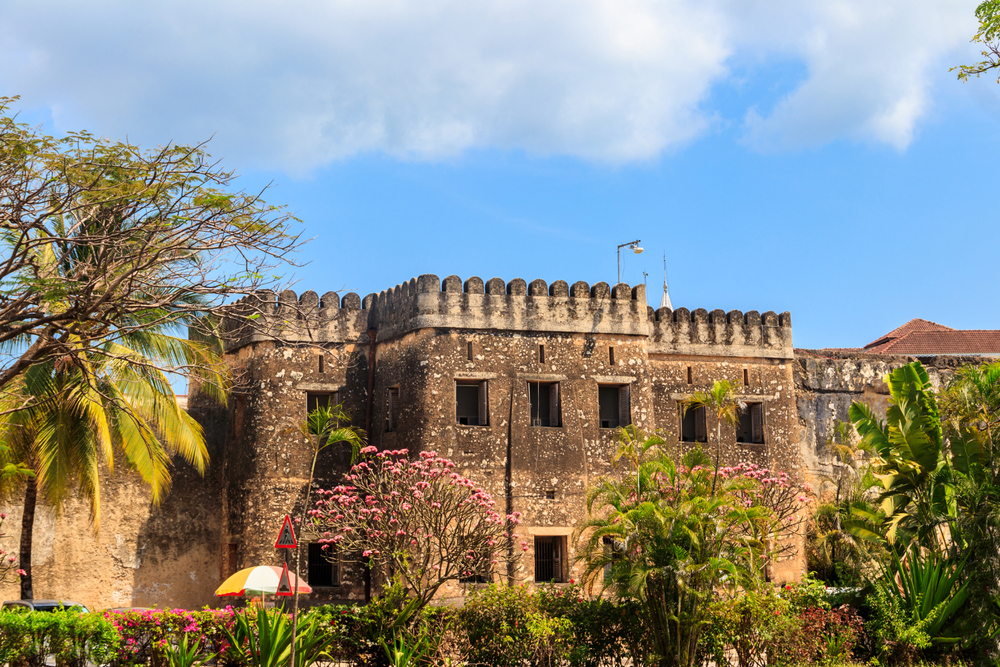
This UNESCO World Heritage site combines African, Arab, Indian, and European influences in its architecture and culture. The unmarked alleyways twist between coral stone buildings adorned with intricately carved wooden doors.
Without street signs or logical layout, wanderers might discover hidden courtyards, local spice markets, or centuries-old mosques tucked between weathered facades.
Like Travel Pug’s content? Follow us on MSN.
Chefchaouen, Morocco
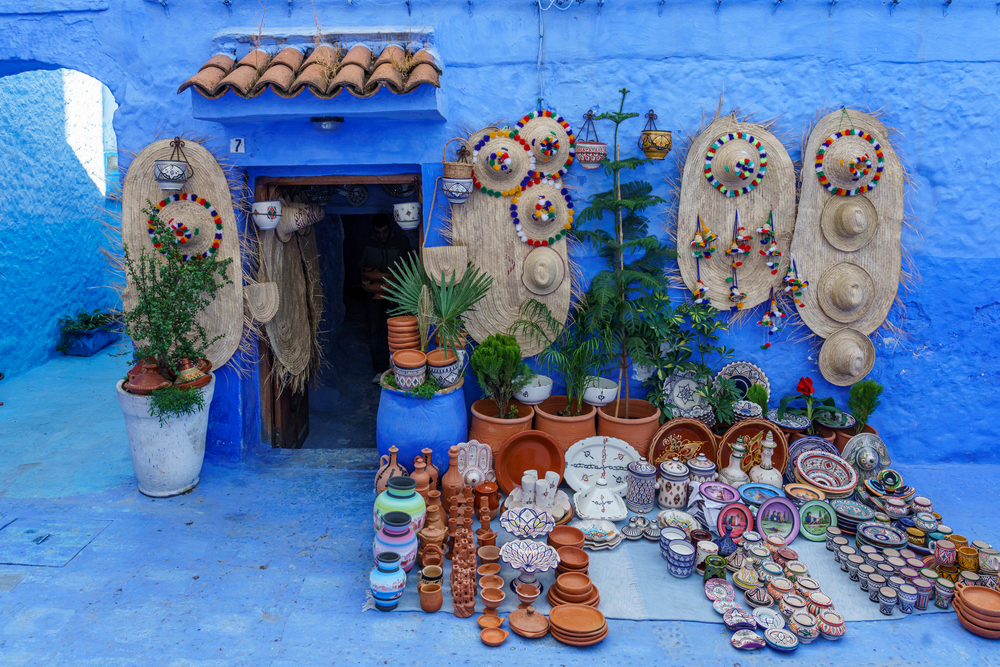
The famous “Blue City” in Morocco’s Rif Mountains creates a dreamlike landscape where nearly every wall, door, and staircase is painted in varying shades of blue. The Medina’s hilly, winding pathways often lead to unexpected panoramic viewpoints or quiet corners where artisans craft traditional goods.
The blue-washed buildings create a stunning backdrop no matter which direction you turn.
La Boca, Buenos Aires, Argentina
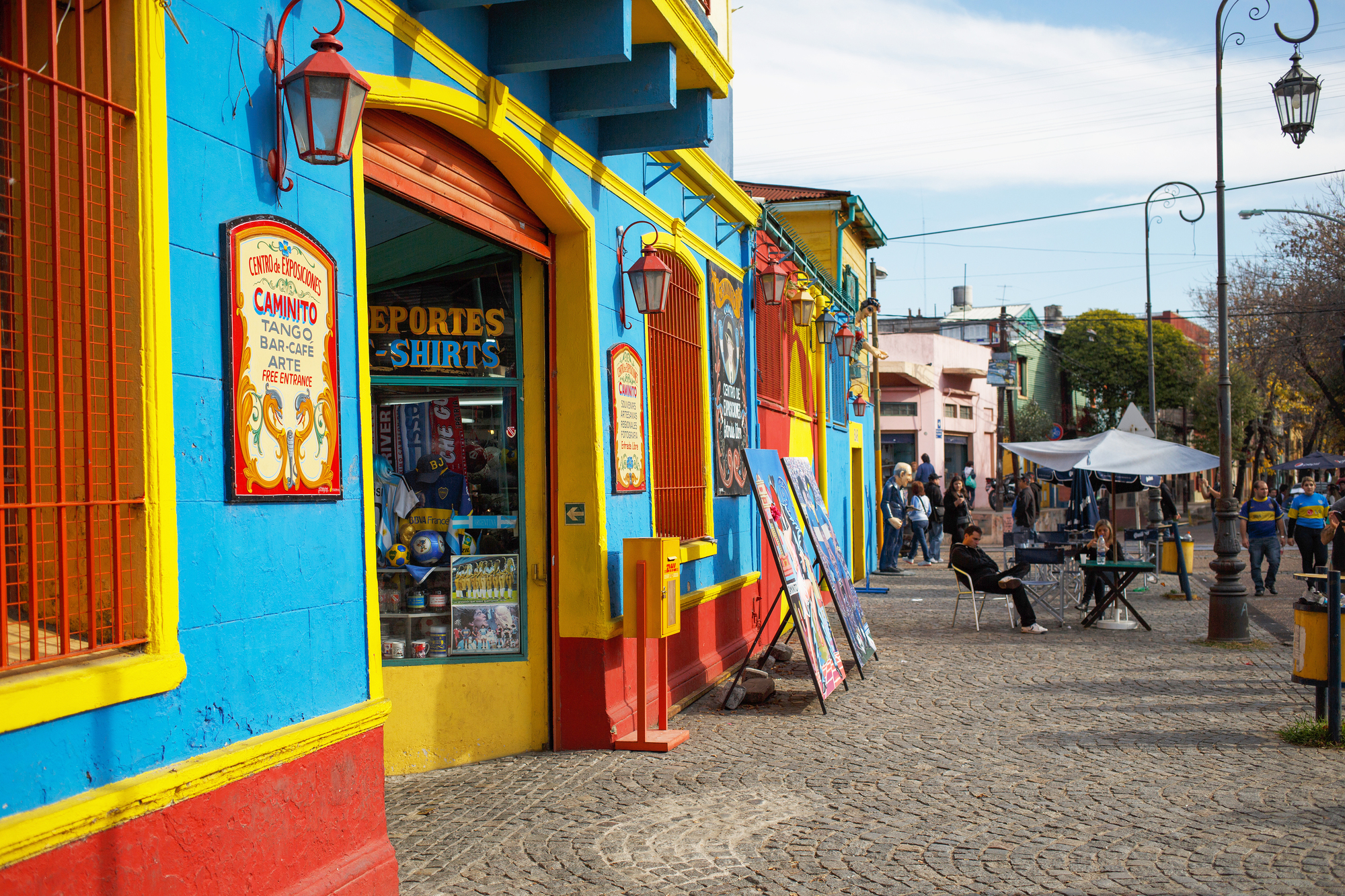
This working-class neighborhood bursts with color and character. It is famous for its vibrant houses painted with leftover boat paint by Italian immigrants.
While tourists stick to the famous Caminito street, those who wander beyond find authentic local life, spontaneous tango performances, and passionate locals eager to share stories about their beloved football club, Boca Juniors.
Chandni Chowk, Delhi, India

One of Asia’s oldest and busiest markets creates an intricate web of specialized bazaars dating back to the 17th century. Each lane focuses on specific goods—wedding attire, spices, electronics, and papers.
The sensory overload of colors, sounds, and aromas makes it impossible to maintain direction, but that’s precisely when you might discover a centuries-old haveli mansion hidden behind unassuming façades.
Like Travel Pug’s content? Follow us on MSN.
The Plaka, Athens, Greece

This ancient neighborhood is nestled beneath the Acropolis and entirely predates modern city planning concepts. Its narrow pedestrian streets wind past neoclassical architecture, Byzantine churches, and archaeological sites that appear unexpectedly around corners.
Local tavernas tucked away on quiet side streets often serve the most authentic Greek cuisine, found only by those willing to meander.
Lijiang Ancient Town, China
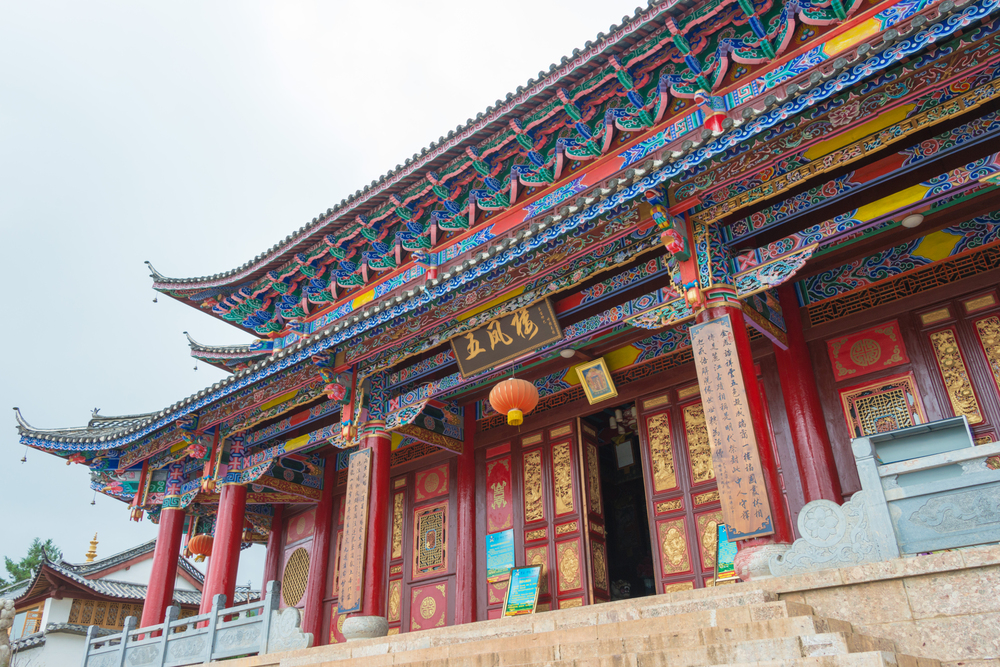
This UNESCO-protected town in Yunnan Province features a complex system of canals and bridges connecting neighborhoods of traditional Naxi architecture. Without a single straight street in the entire old town, visitors inevitably lose their way among the flowing water channels, cobblestone paths, and red-lantern-lined alleyways.
Each disorienting turn might reveal a tranquil courtyard or a glimpse of the Jade Dragon Snow Mountain.
Trastevere, Rome, Italy
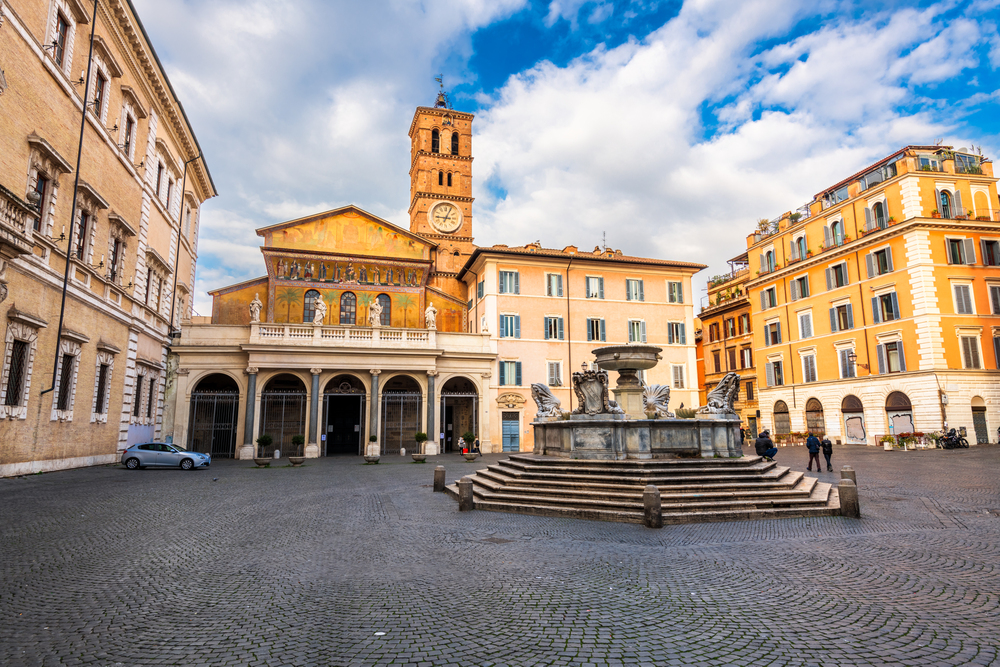
Across the Tiber from Rome’s major monuments, this medieval neighborhood maintains its working-class Roman identity despite growing popularity. The ochre-colored buildings and ivy-covered walls create a warm backdrop for wandering.
Getting lost here means finding family trattorias where grandmothers still make pasta by hand, or stumbling upon ancient churches with remarkable mosaics rarely mentioned in guidebooks.
Like Travel Pug’s content? Follow us on MSN.
The Souks of Marrakech, Morocco

The famous markets of Marrakech form an intentionally confusing network designed to keep customers wandering—and shopping—as long as possible. Divided into sections specializing in everything from carpets to metalwork, the covered passageways create a sensory maze where each wrong turn leads to discoveries.
The persistent feeling of being happily disoriented is part of the authentic Marrakech experience.
Georgetown, Penang, Malaysia

This UNESCO-listed trading port showcases an extraordinary mix of colonial and Asian architectural styles. The narrow streets hide Chinese clan houses, colonial mansions, Indian temples, and Islamic mosques, often located side by side.
The town’s famous street art means getting lost often leads to discovering whimsical murals and installations that turn alleyways into open-air galleries.
Gamla Stan, Stockholm, Sweden
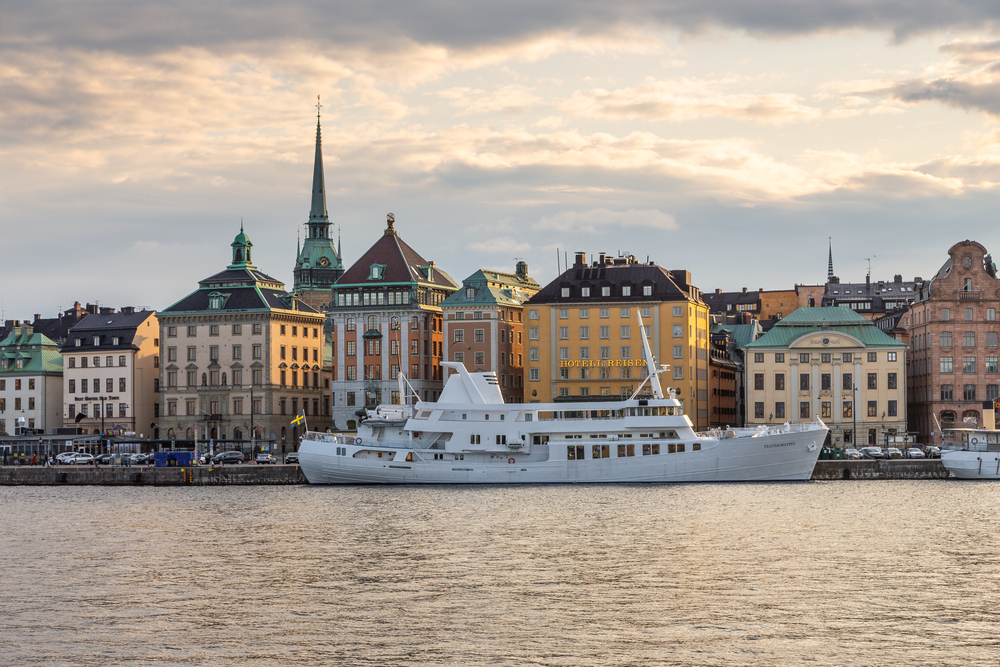
The medieval heart of Stockholm presents a compact island of narrow cobblestone streets and ochre-colored buildings. Dating back to the 13th century, the tangled layout creates unexpected squares and quiet corners away from the main tourist thoroughfares.
In winter, with snow cushioning footsteps and lanterns glowing against the early darkness, getting lost here feels like a fairytale come to life.
Like Travel Pug’s content? Follow us on MSN.
Albaicín, Granada, Spain
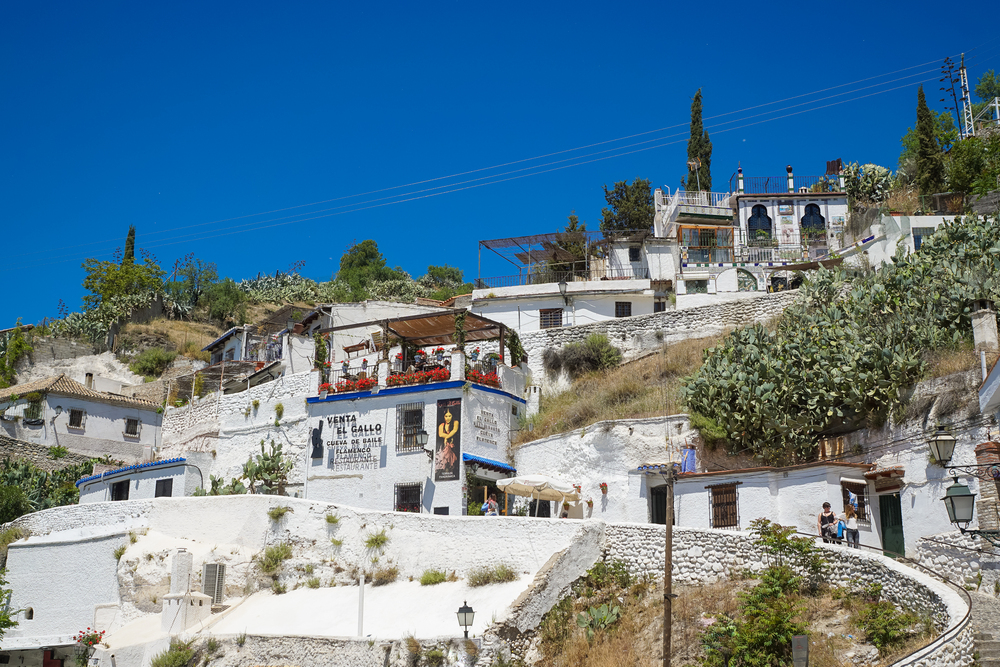
The ancient Moorish quarter climbs the hillside opposite the Alhambra, creating a whitewashed maze of narrow streets and hidden plazas. Many paths lead to spectacular viewpoints of the Alhambra palace complex against the backdrop of the Sierra Nevada mountains.
The neighborhood’s Moorish influence remains visible in its architecture, with homes centered around private garden courtyards that can only be glimpsed through open doorways.
Hoi An Ancient Town, Vietnam
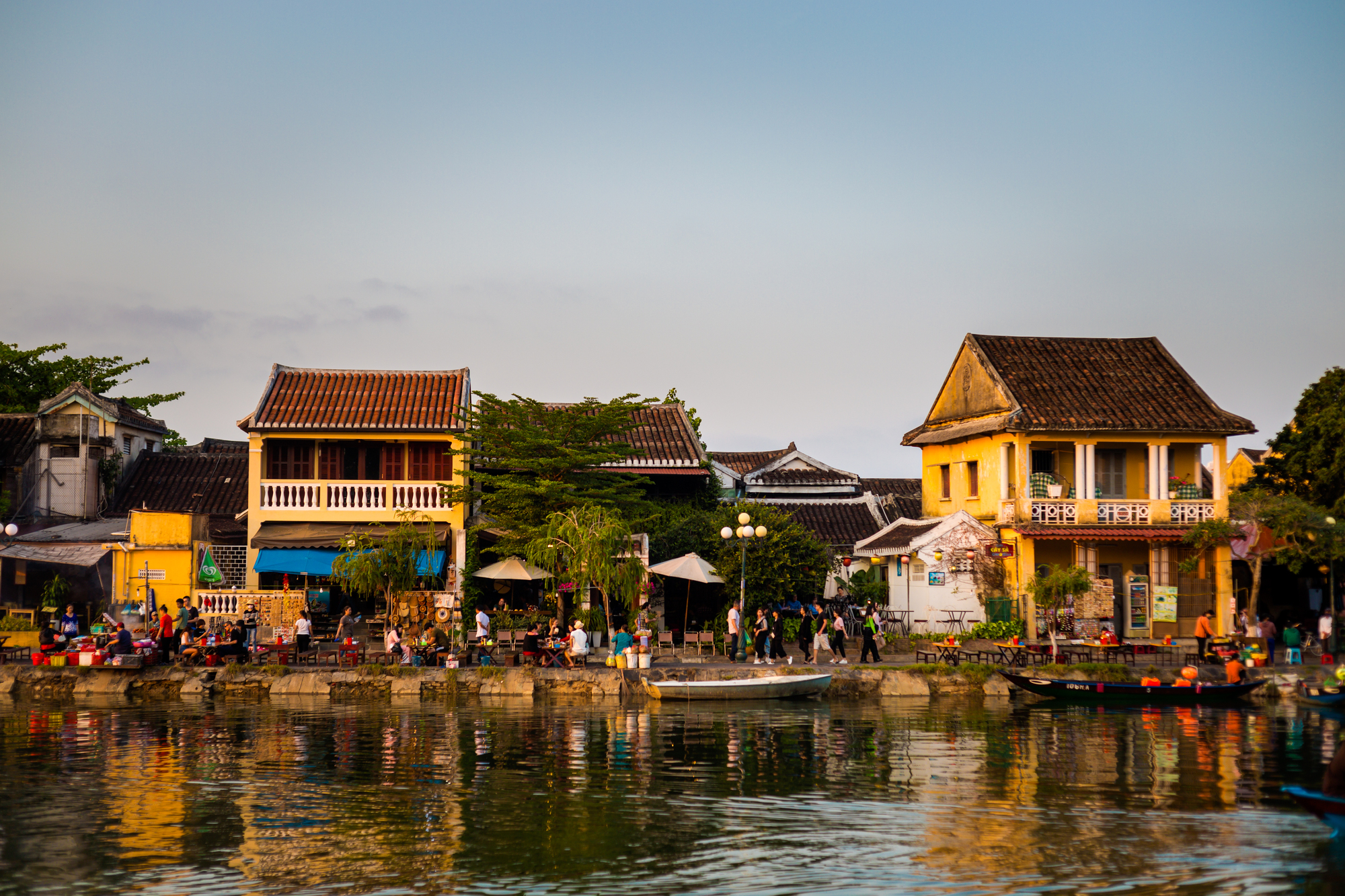
This former trading port combines Chinese, Japanese, and European architectural influences in its well-preserved historic center. Lantern-lit streets weave between wooden merchant houses, assembly halls, and temples that have stood for centuries.
During monthly full moon festivals, the town turns off its electric lights, illuminating the streets only with traditional silk lanterns that create a magical atmosphere for intentionally losing your way.
The Rocks, Sydney, Australia

As Sydney’s oldest neighborhood, The Rocks features a haphazard layout of cobblestone lanes and sandstone buildings dating back to colonial times. Hidden courtyards, historic pubs, and narrow pedestrian passages reveal the area’s colorful past as a rough-and-tumble dockside district.
What appears to be a dead end often turns into a hidden staircase leading to unexpected harbor views or tucked-away local galleries.
Like Travel Pug’s content? Follow us on MSN.
The Journey Continues

These 20 labyrinths of culture and history remind us that sometimes the most meaningful discoveries happen when we put away the map and embrace uncertainty. In our increasingly mapped, routed, and optimized world, these places preserve the ancient joy of wandering without purpose, and finding exactly what we didn’t know we were looking for.
Whether you’re navigating Venice’s back canals or Fez’s medieval alleyways, the wrong turn may lead to the right experience.
More from Travel Pug

- Cities Growing so Fast You Won’t Recognize Them in 10 Years
- 13 Destinations Where Tourists Regularly Regret Their Trip
- 20 Obscure WWII Sites Even History Buffs Don’t Know About
- 10 Under-the-Radar Mountain Towns That Are Both Affordable and Beautiful
- Remote Villages in Europe Where You Can Live for Free in Exchange for Work
Like Travel Pug’s content? Follow us on MSN.
